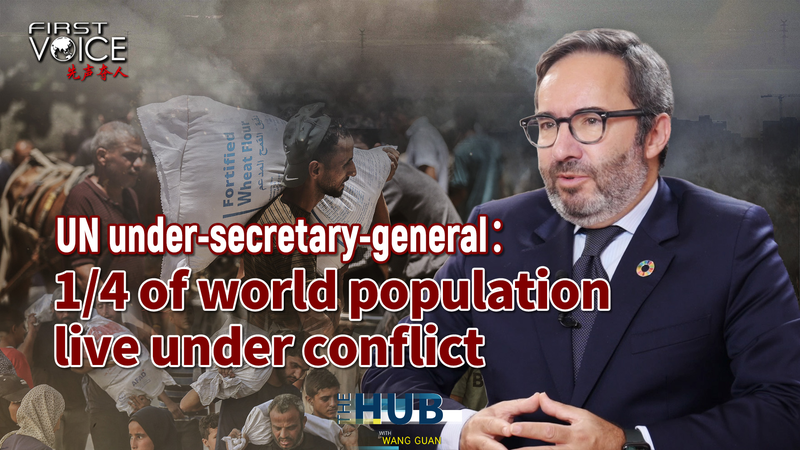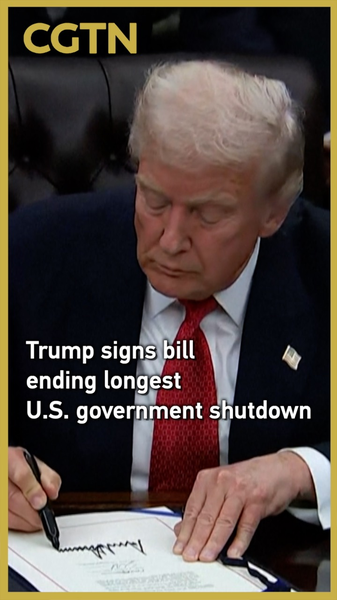As the dust settles on the latest ceasefire between Israel and Iran, global leaders are watching closely. While the pause in hostilities offers relief, its fragility is stark: any slip-up could reignite a region already on the brink.
The Scale of Displacement
Speaking to CGTN’s Wang Guan, UN under-secretary-general Jorge Moreira da Silva painted a sobering picture: “Peace is not just the absence of war. It’s a basic right that today, one in four people—over 1.9 billion—do not enjoy.”
More than 105 million people have been forced from their homes by conflict—equivalent to the combined populations of Japan and Germany. This mass displacement strains resources, fuels economic instability, and raises the risk of further unrest.
From Data to Action
For young global citizens, entrepreneurs, and digital nomads, the ripple effects are real. Displaced families lose access to education, healthcare, and economic opportunity—challenges that demand innovative solutions. Tech-driven humanitarian efforts and sustainable development projects could be game-changers in crisis zones.
Changemakers are already mobilizing: social media campaigns highlight refugee stories; cross-border partnerships deliver clean water and mental health support. These initiatives show what global solidarity can achieve.
A Global Call for Peace
As Moreira da Silva reminded viewers, “Our greatest resource in this fight is our commitment to the principles enshrined in the UN Charter.” It’s a call to action—and a reminder that peace demands more than diplomacy. It requires consistent investment in people, institutions, and sustainable solutions.
What can you do? Stay informed, support verified humanitarian campaigns, and lend your voice to organizations promoting dialogue over division. In a world where one in four still live in conflict, each of us has a role in changing that statistic.
Reference(s):
UN under-secretary-general: 1/4 of world population live in conflict
cgtn.com



